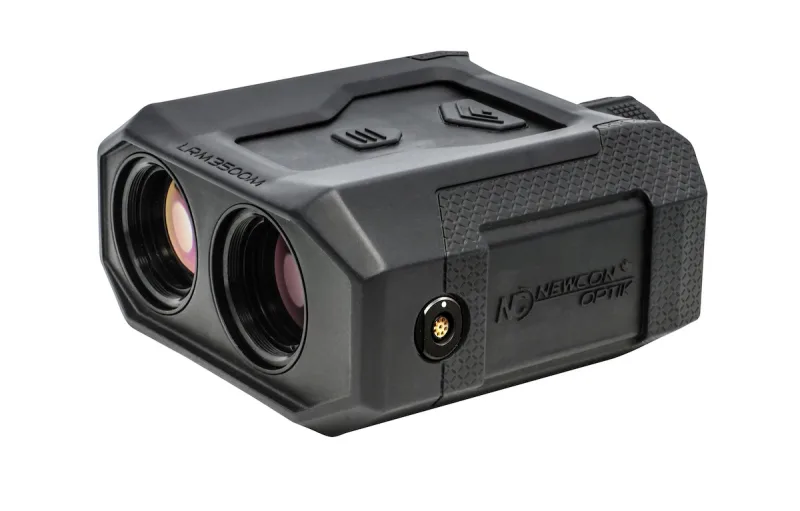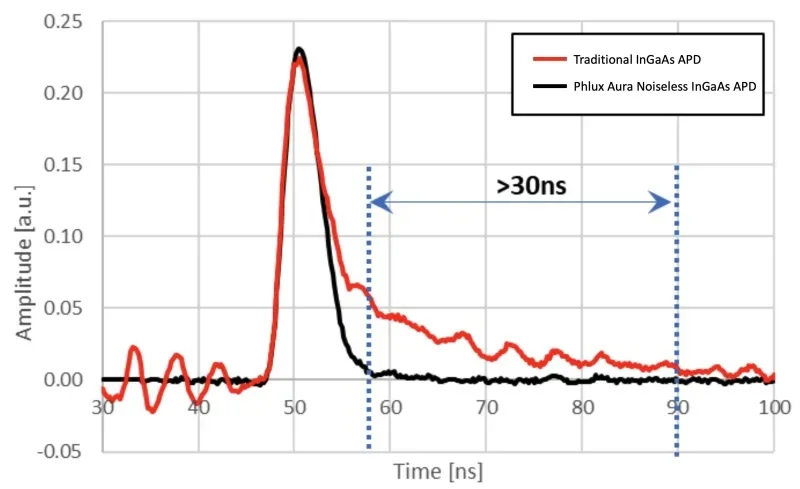Do you need longer range or longer battery life for your LRF? Changing a diode delivers both.
Professional laser range finders (LRFs) usually adopt 1550 nm as the wavelength of the light pulses used for their operation. The main alternative, 905 nm, suffers from severe eye-safety pulse energy limitations. This is due to the low divergence point source needed to keep power on the intended target. It means that the advertised range of 905 nm systems is often only achieved on larger extended targets, which limits their effectiveness. 905 nm light is also visible through night vision goggles that have image intensifiers, which makes systems that use it unsuitable for defence applications and more commonplace in consumer products.
The laser diodes that generate the light pulses are the dominant consumers of battery power and a key determinant of the instruments’ range.
Long-distance instruments may have pulsed laser diodes delivering ~500 nJoules (50 Watts/10 nSeconds) and accumulating or correlating thousands of pulses. Fibre lasers and microchip sources with outputs ranging from 2-40 µJoules up to 100 mJoules (near MW peak power) are used for single pulse detection.

The reflected signals arriving at the sensor on their return path vary from kW/cm2 – serious overload territory - to a few photons, or nW/cm2. That’s a dynamic range of 110 dB or more, making life challenging for APD detectors.
This is not just a sensitivity issue, where overcoming noise inherent in the system is the key challenge. Any nearby, highly reflective object can cause havock with the instrument’s behaviour if the sensor’s ability to recover from large reflections is not robust.
A new kind of 1550 nm IR sensor, the Phlux Aura™ Noiseless InGaAs® APD, helps overcome these challenges and others. At 12X the sensitivity of traditional parts, these diodes also exhibit fast overload recovery, enabling them to detect objects that may be close together along the path of the laser.

The higher sensitivity means that the laser range finder can operate at up to 50% greater distance, for a given optical power simply by replacing the existing APD with a Noiseless InGaAs® equivalent. The latter is a drop-in substitute. Turning down the power of the laser diode will reduce the degree to which the instrument’s range can be extended but result in longer battery life.
When designing a new instrument, engineers can choose to maintain the existing operating range while using a lower-power laser diode, again extending battery life. In practice, there will be a design trade-off, of course.
A more detailed description of how Noiseless InGaAs® APDs can be used to enhance laser range finder performance is available in this Application Guide.